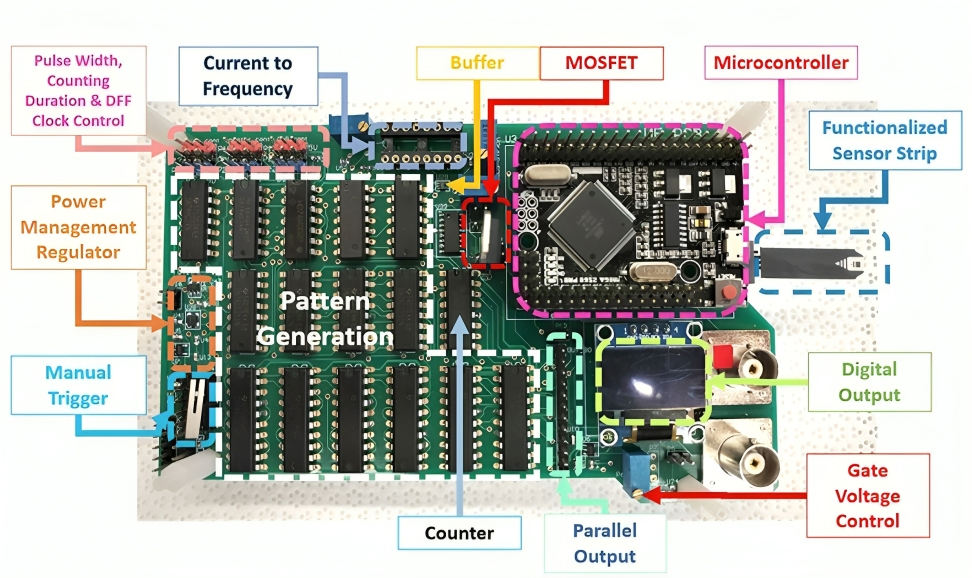Although breast cancer is becoming more common, emerging methods for early diagnosis may be able to save lives.
Researchers from the University of Florida and National Yang-Ming Chiao Tung University in Taiwan reported positive outcomes from a hand-held breast cancer screening tool that can identify breast cancer biomarkers from a small sample of saliva in the Journal of Vacuum Science & Technology B, published by AIP Publishing. Common parts, such as readily accessible glucose testing strips and the open-source Arduino hardware-software platform, are used in their biosensor design.
Imagine medical staff conducting breast cancer screening in communities or hospitals.
Our device is an excellent choice because it is portable about the size of your hand and reusable. The testing time is under five seconds per sample, which makes it highly efficient.
Hsiao-Hsuan Wan
The gadget uses paper test strips coated with certain antibodies that interact with the targeted cancer biomarkers. After putting a saliva sample on the strip, the biosensor device’s electrical contact sites receive electrical pulses. The biomarkers attach to the antibodies due to these pulses, changing the electrode’s capacitance and charge. As a result, there is a shift in the output signal that may be analysed to determine the amount of biomarkers present digitally.
When compared to other designs, the layout is innovative. Test results for mammograms, ultrasounds, and MRIs can take days or weeks to receive, are intrusive and expensive, and need huge, specialised equipment and low-dose radiation exposure.
In many places, especially in developing countries, advanced technologies like MRI for breast cancer testing may not be readily available.
Our technology is more cost-effective, with the test strip costing just a few cents and the reusable circuit board priced at $5. We are excited about the potential to make a significant impact in areas where people might not have had the resources for breast cancer screening tests before.
Hsiao-Hsuan Wan
Only a drop of saliva is needed for the biosensor to produce reliable test results, even when the sample’s concentration of the cancer biomarker is as low as one quadrillionth of a gramme, or one femtogram, per millilitre.
Also Read| Research: Genes that encode immunity are altered in Alzheimer’s patients blood
The highlight for me was when I saw readings that clearly distinguished between healthy individuals and those with cancer.
We dedicated a lot of time and effort to perfecting the strip, board, and other components. Ultimately, we’ve created a technique that has the potential to help people all around the world.
Hsiao-Hsuan Wan
Source: AIP Publishing
Journal Reference: Hsiao-Hsuan Wan, Haochen Zhu, Chao-Ching Chiang, Jian-Sian Li, Fan Ren, Cheng-Tse Tsai, Yu-Te Liao, Dan Neal, Josephine F. Esquivel-Upshaw, Stephen J. Pearton. High sensitivity saliva-based biosensor in detection of breast cancer biomarkers: HER2 and CA15-3. Journal of Vacuum Science & Technology B, 2024; 42 (2) DOI: https://doi.org/10.1116/6.0003370
Last Update







